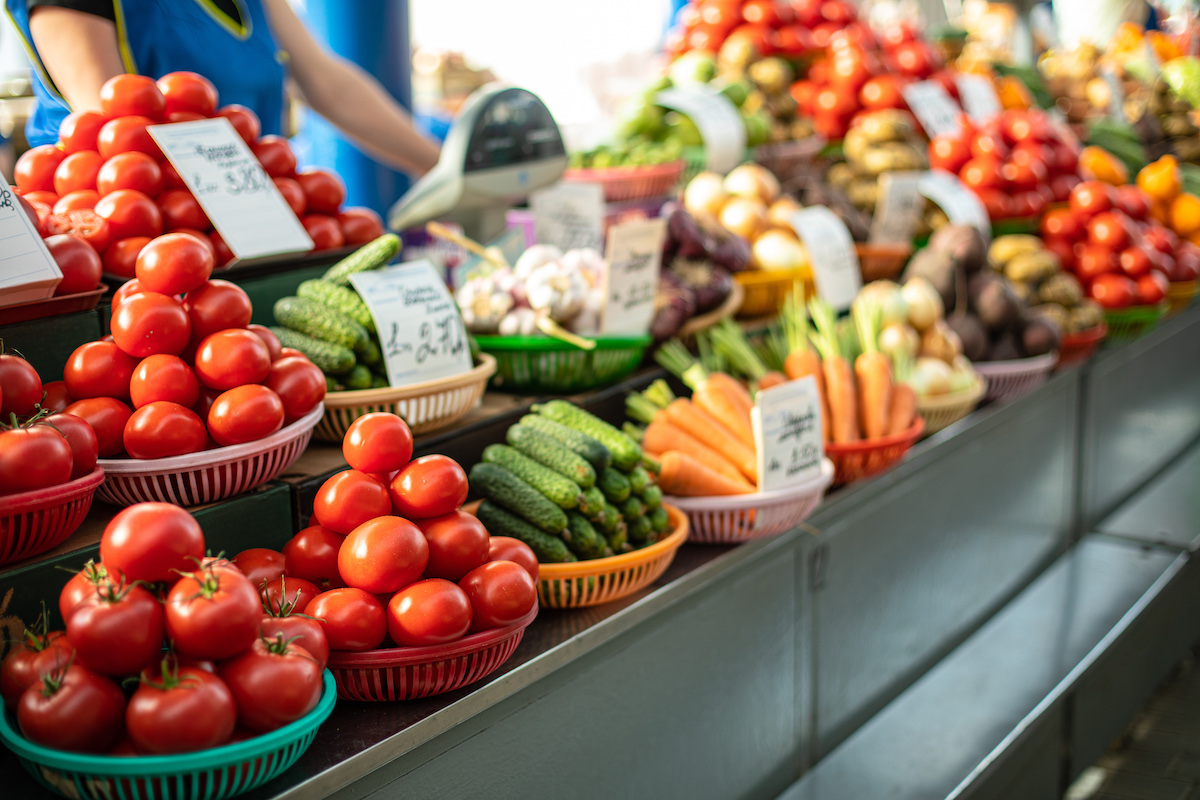The Advantages of Local Food Production
Localizing Our Food Will Produce Health, Economic, and Climate-Offset Benefits

My last article focused on creating food security in Brazil with the accompanying benefit of strengthening community. There is a growing movement worldwide, including in our tri-county area, to encourage local farming. This is a rich agricultural region, but most of what is produced is exported, while more than 90 percent of what we consume is imported.
A similar situation existed in Rosario, Argentina, when the economy collapsed in 2001. A quarter of the work force was unemployed, half the population dropped below the poverty line, and food shortages became common. To address this crisis, the municipal government started its Urban Agriculture Program to create employment and counter hunger. The city partnered with 700 families and made available unused land for farming. Two decades later, the program is still vital and has expanded to the surrounding region. Within the city limits, there are 2,000 acres of gardens and orchards. Gardens are in every corner of the city, including abandoned factories, old dumps, and empty lots. Rosario has just been awarded the World Resource Institute’s coveted Prize for Cities, the global award recognizing transformative urban change.
Cities around the planet are incentivizing local farming, returning to an old pattern linking food production and consumption, and often small scale. There are community farms, rooftop gardens and greenhouses, vertical hydroponic farms, aquaculture ponds, orchards, animal husbandry, front-yard and backyard gardens, beehives, and herb gardens.
Sign up for Indy Today to receive fresh news from Independent.com, in your inbox, every morning.
Locally grown food is less expensive, in part because there is minimal or no transportation involved. It is fresher and more nutritious, features which diminish the farther away the food is produced. Several studies have documented that small-scale, family farms use less energy and less water. Often, rainwater is harvested to grow these fruits and vegetables, and sometimes wastewater can even be used.
The Community Environmental Council (CEC) is working with farmers, researchers, educators, and policy makers to develop a comprehensive food program locally. Our many farmers’ markets and network of family and community gardens provide a strong component for what is envisioned. The underlying principle of CEC’s approach is tackling climate change — reducing carbon emissions, turning food waste into resources, shifting to renewable energy, and building up soils to hold more water, nutrients, and carbon.
One of the biggest hurdles in our area is the cost of land. Many small farmers are forced to lease fields with an attendant precariousness. Some activists are starting to work toward greater permanence and ownership. Local municipalities and our three counties need to give priority to lands they control for permanent food use, including curb strips, degraded lands, and even parts of parks and school yards.
CEC, with its 50-year history of approaching challenges through theory, policy, and practice, is uniquely positioned to develop partners and alliances to transform our food sector to be more resilient and climate friendly.
Support the Santa Barbara Independent through a long-term or a single contribution.



